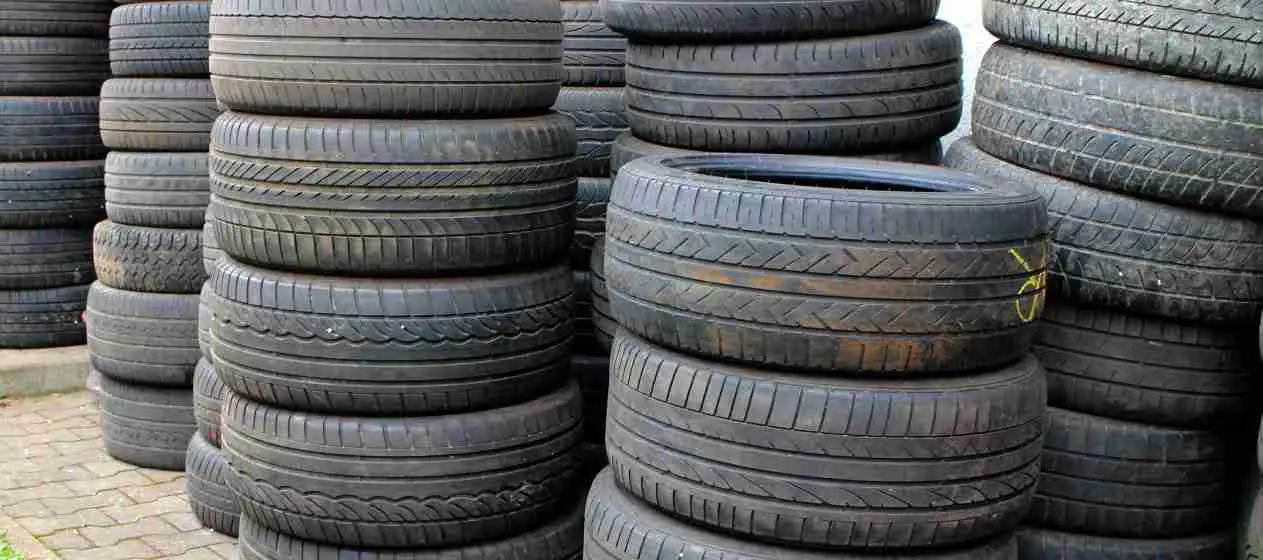Tires are expensive to replace and repair, so effective tire storage is important. This guide will show you how to store tires to keep them from dry rotting or deteriorating.
Storing tires can be a frustrating task due to their size and the extra steps needed to keep them in good shape. However, you might not have a choice if you have a set of winter tires for your car. If you’re clueless of where to start, you’re not alone. Many of our storage customers don’t know how to store tires and come to use for advice.
It’s not uncommon to see tires stored outside without so much as a cover, but it’s likely these tires aren’t used on a road vehicle. If they are, their safety has been compromised in a major way. People also keep tires in garages that are exposed to big shifts in temperature. This solution is also not ideal.
Tires will degrade eventually, but there are things we can do to delay the process. Tires are sensitive to weather, sun, temperature, and time. The best way to store tires is in a dry, cool environment that will slow down the aging process. Keeping a fresh set of tires in the right conditions could add years to their life.
These tire storage tips will show you how to prevent dry rot and keep tires in excellent condition.
It’s important to remove any traces of asphalt, dirt, and brake dust from the tires before storing. However, not all soap and methods of cleaning are created equal. Products specifically marketed for cleaning tires might not be appropriate in this case. Check the label. Avoid cleaning products with petroleum and all tire dressings. These products can be corrosive if your tires will be out of service for a few months or more.

Some argue that UV rays are the biggest factor in tire aging. Direct sunlight can heat the rubber and cause premature deterioration. The UV rays penetrate the rubber, dry it out, and eventually breakdown the rubber compounds. The best way to keep tires from dry rotting is to limit sun exposure whenever possible.
Find a cool and dry environment to keep your tires. You want to locate a place where the temperature and humidity remain consistent throughout the duration.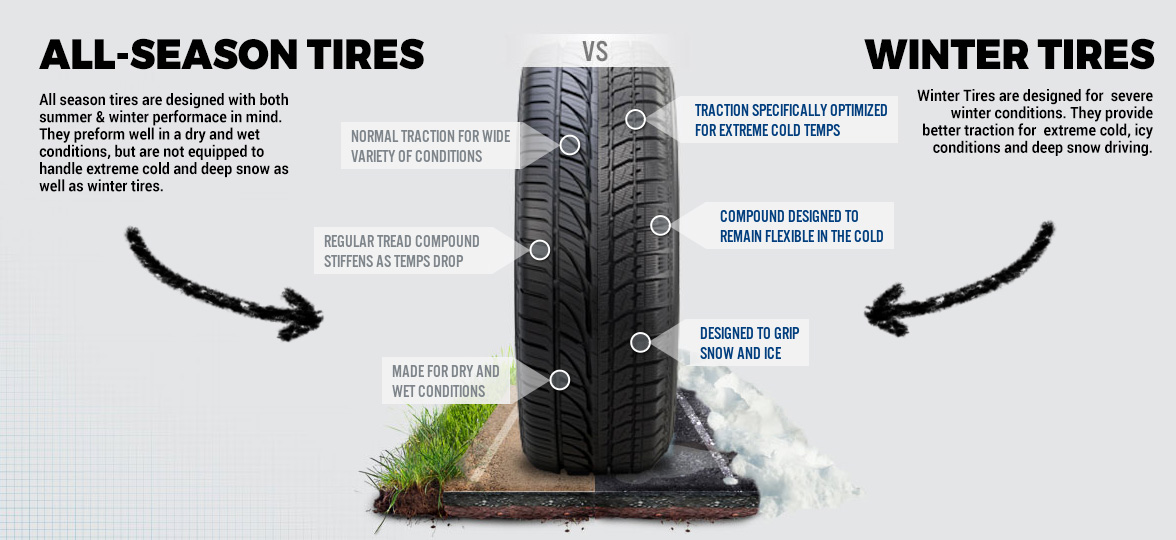 Dips or hikes in either of these can result in premature tire aging. Storing tires in a consistently warm environment is not good for the rubber, but it’s also not good to keep tires in freezing temperatures.
Dips or hikes in either of these can result in premature tire aging. Storing tires in a consistently warm environment is not good for the rubber, but it’s also not good to keep tires in freezing temperatures.
Aside from sunlight, the next leading tire deteriorator is oxygen. Some things in storage require airflow to breathe and stay in good condition. Tires, on the other hand, do better when they are vacuum sealed in plastic. An airtight space prevents oxygen from reaching the tires, slows down the oxidation process, and prevents the oil from evaporating and drying out the tires.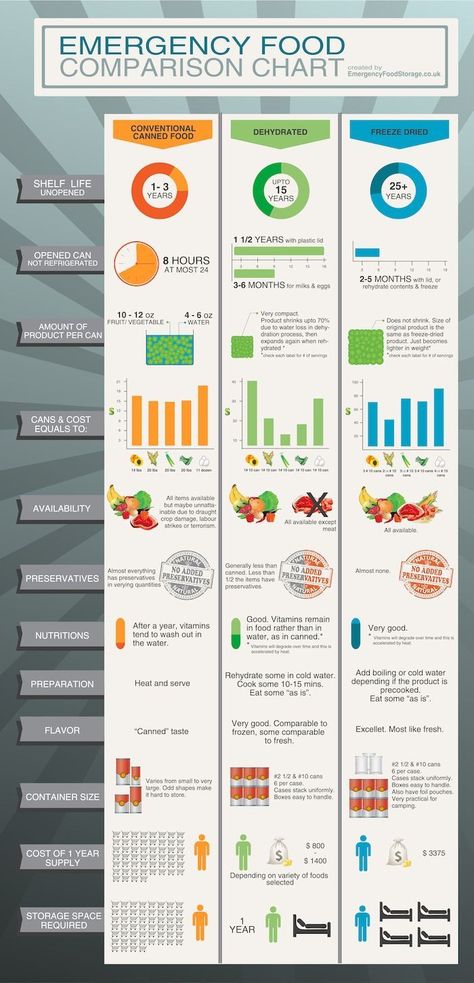 Remember to wrap each tire individually for the best results.
Remember to wrap each tire individually for the best results.
Once you have a storage location, it’s important to store tires correctly. Stacking tires or hanging them can cause deformities if they aren’t moved around every so often. However, sometimes you might be forced to stack tires horizontally due to space constraints. If possible, consider the following suggestions for how to store tires.
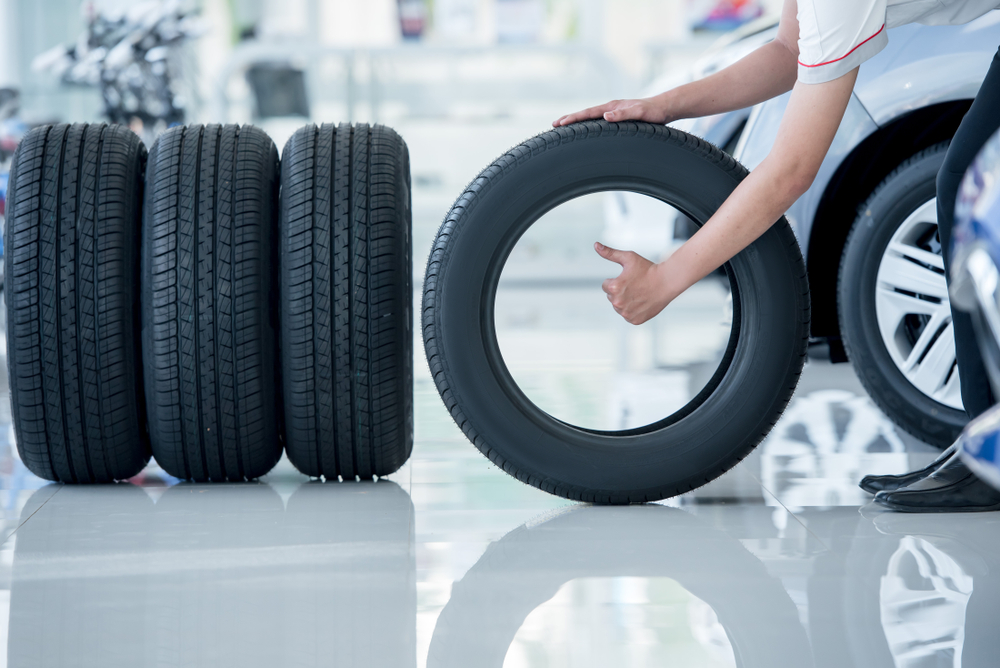
If you are storing a car for more than a couple months, consider removing the tires from the car completely. Leaving the tires on the car can cause flat spotting. If you can’t remove the tires, at the very least be sure to take the car for a ride every few months so that the tires get some use. Tires do best in service because movement keeps oil evenly distributed in the rubber, which helps prevent it from drying out.
Tires can last for several years in storage if they are stored in the right conditions. However, many tire experts recommend replacing tires six years after their production date regardless of the tread. Old tires can be compromised in other ways when the rubber compound breaks down.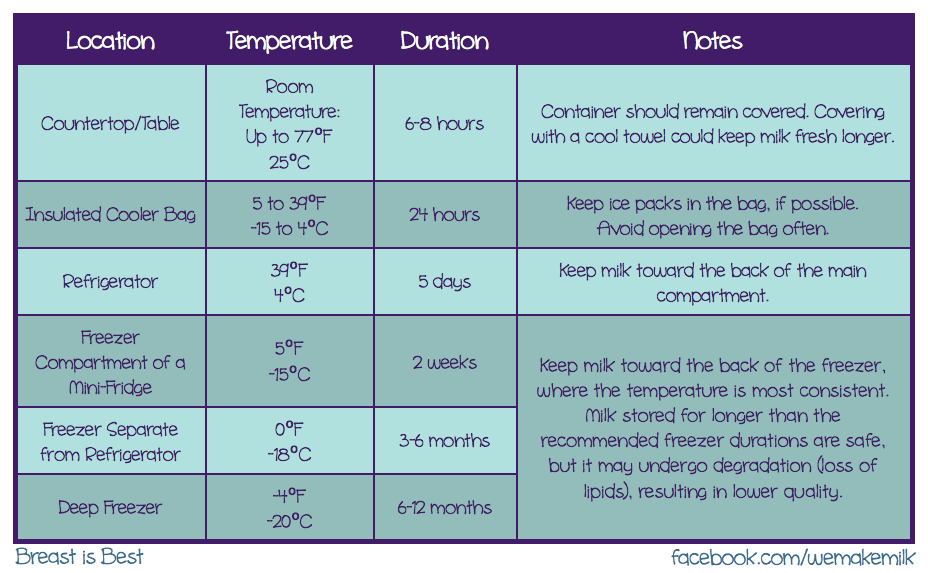
To give you another perspective, it’s like the difference between a brand new rubber band and one that’s been sitting in your desk for years. When you take your tires out of storage, make sure you look for signs of wear and check the date. If you are unfamiliar with what dry rot or crazing looks like, have a tire professional give your tires a once over.
We hope this tire storage guide taught you how to store tires with care. Make sure you keep yourself safe by following all the manufacturer recommendations and have your tires serviced at appropriate intervals.
Lauren Thomann has written about self storage and moving since 2015, making her our storage expert.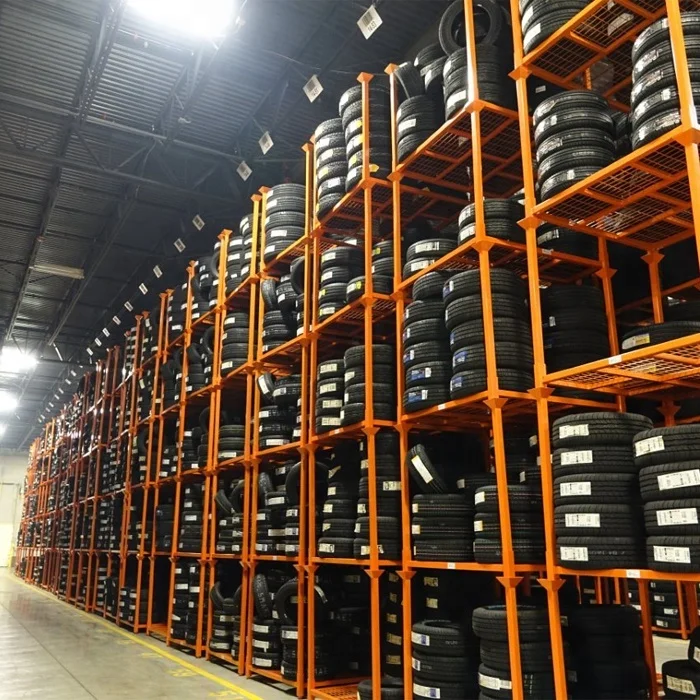 She earned a Bachelor’s degree in English and Linguistics and has published over 150 articles on moving, storage, and home organization. She is also a contributing writer at The Spruce and Martha Stewart.
She earned a Bachelor’s degree in English and Linguistics and has published over 150 articles on moving, storage, and home organization. She is also a contributing writer at The Spruce and Martha Stewart.
Media Platforms Design Team
Chances are, there's some sourceless bit of knowledge rattling around in your head. You don't know how it got there or where it came from, but you believe it. Maybe your convictions on tire life falls into that category. We've always held that that our favorite round rubber bits had a use life of about two years before age had a serious negative impact on performance. Turns out, we were wrong. Way wrong.
Woody Rodgers, a tire product information specialist, has been with Tire Rack for sixteen years, and he says that given proper storage and care, tires can last you up to a decade.
"I won't say a tire has the shelf life of gravel," Rodgers said, "but it's close to that."
When properly stored in a climate controlled warehouse, tires have an almost unlimited shelf life, and once they're on the road, proper care can add many years to a tire's life.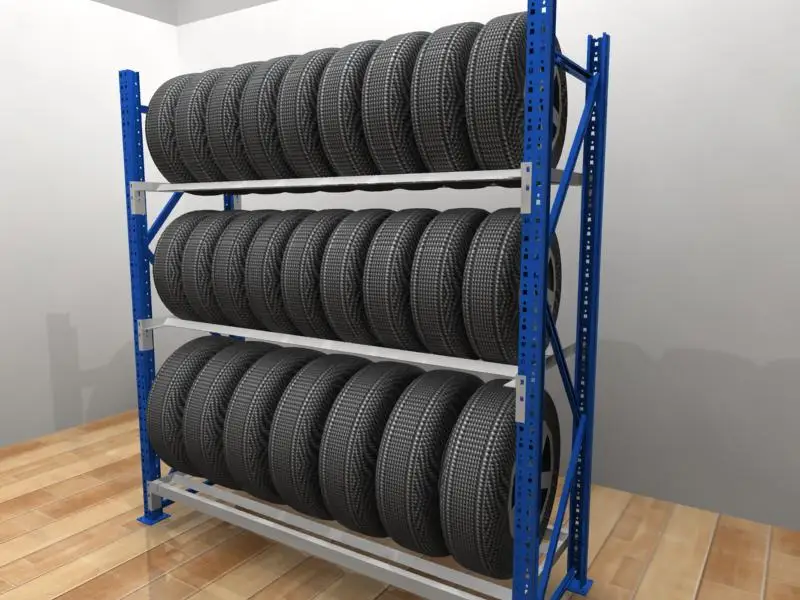
"In general, we see six years of service with no more than 10 years of total life since manufacture."
Media Platforms Design Team
Rodgers calls this the 6 or 10 rule, and those two numbers are important. In this case, service is any time the tire is on the vehicle, in use, or stored outside. Exposure to ozone or UV rays shortens that lifespan, as do wide swings in temperature.
Of course, that all depends on where you live and how you drive.
"The reality is, service life can vary so much from one driver to another and one part of the country to another, that it's really difficult to say that it's X [years]," Rodgers said.
Instead of marking a date on your calendar, Rodgers recommends inspecting and maintaining your tires every month. Keep an eye out for cracks in the sidewall caused by either sun exposure or under inflation, and monitor your tread depth. Most of us rely on the wear bars on the tires themselves, or the ancient penny test to tell us when it's time to swap shoes, but Rodgers says that's a problem.
Media Platforms Design Team
Wear bars usually present themselves at 2/32 tread depth, which is fine for dry climates like Los Angeles or Phoenix, but not so great for parts of the country that see regular rain. Instead, 4/32 of tread depth is the minimum safe threshold for evacuating water from beneath the tire and reducing the chance of hydroplaning. How do you measure 4/32 without a depth gauge? Rodgers says if you can stick a quarter in the tread and not see the top of Washington's head, you're in good shape. If you can, it's time for new rubber.
Likewise, snow and all-season tires require even more depth to effectively evacuate snow and slush: about 6/32.
Then there's inflation. Rodgers says tires naturally loose about 1 psi per month on average, and lose or gain 1 psi for every 10 degree drop or increase in ambient temperature. Those changes require regular monitoring and adjustment, and your vehicle's tire pressure monitoring system may not be up to the task.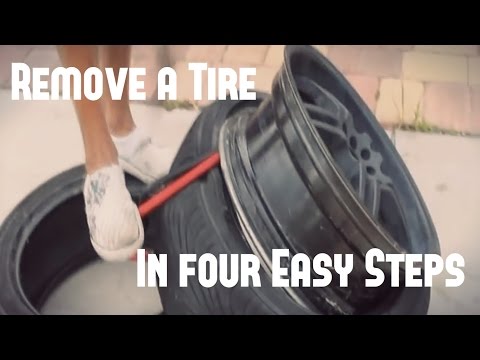
Most systems are calibrated to alert the driver about a low tire only after the pressure has dropped below 75 percent of the recommended figure. Rodgers says that's well past the point of damaging the tire and shortening its life, to say nothing of sucking down your fuel economy. For the best reading, check your tire pressures with a good gauge in the cool ambient air of the morning – not in your garage.
And what about storage? Rodgers says that for most street tires, it doesn't matter whether they're stacked on the sidewall or stood up on their tread, mounted or unmounted. As long as your tires are out of sunlight, away from ozone, and in an environment with a stable temperature, you're good to go.
It's never felt so good to be so wrong.
Zach Bowman Associate Editor Zach Bowman is an editor with Road & Track.
Consumer disputes over the age of tires have not subsided for several seasons.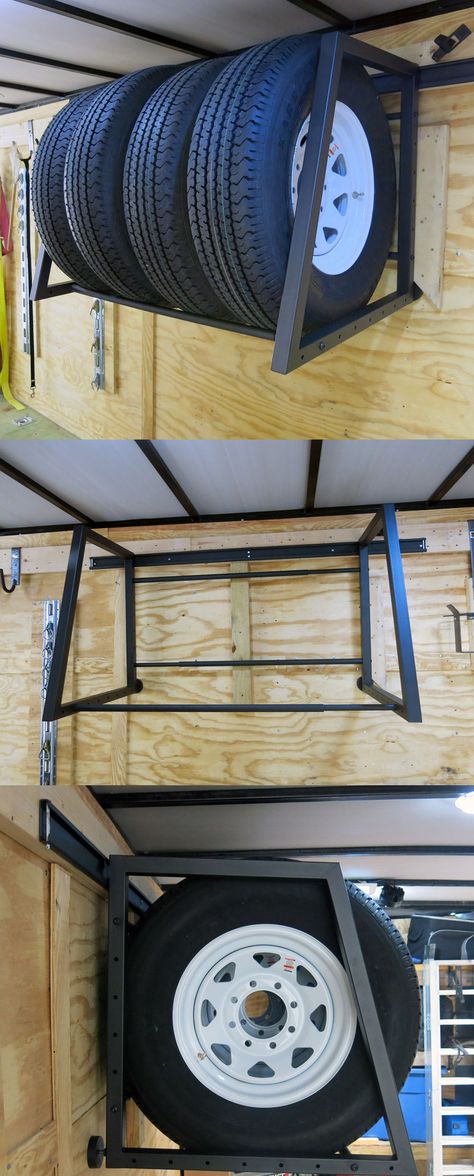 Buyers are excited that the warranty period for tires is limited to 5-6 years according to GOST, and after the expiration of this period, the rubber becomes unusable.
Buyers are excited that the warranty period for tires is limited to 5-6 years according to GOST, and after the expiration of this period, the rubber becomes unusable.
Is this really the case, read this article.
Manufacturers of most brands on their products set Shelf life is 5 years and service life is also 5 years .
The shelf life of a tire is the period during which it retains its performance when properly stored.
The end of this period does not mean that the tires have become unusable . A shelf life of 5 years is given by manufacturers because, by law, they cannot set a shelf life higher than the service life. Tires over 5 years of storage cannot be called damaged or defective, their technical characteristics may be slightly reduced. American researchers argue that the period of storage of "shoes" must be at least 10 years. Experts from Germany are sure that it cannot exceed 6 years.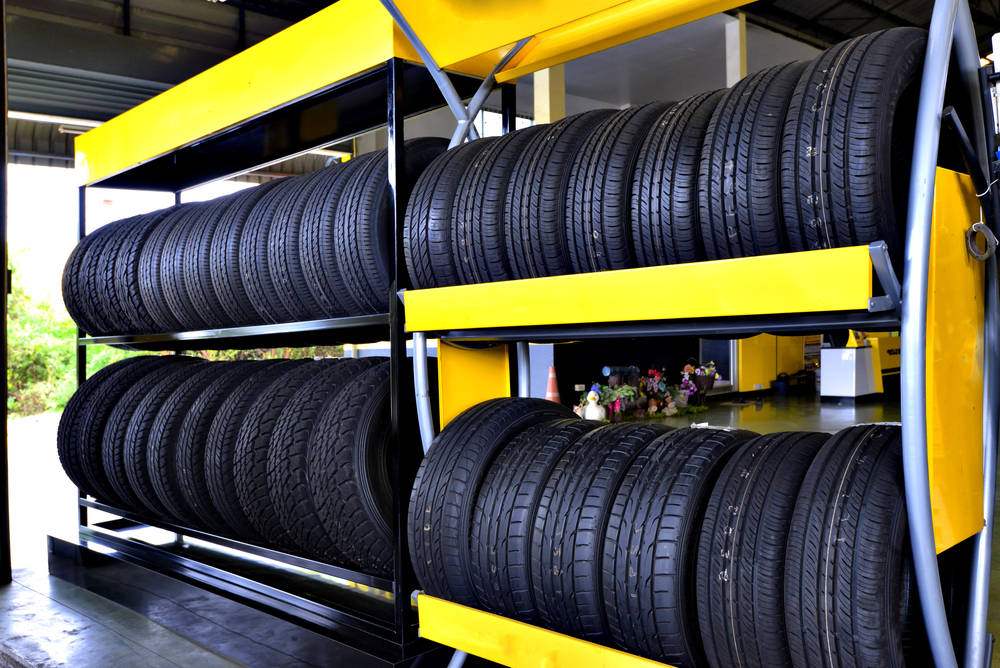
The expiration date of tires is the warranty period during which the manufacturer is responsible for the quality and condition of the tire if it was used for its intended purpose without violating the operating rules.
According to Russian legislation (GOST 5513, GOST 4754-97) , the service life of tires is 5 years from the date of manufacture.
How can I find out the date of manufacture of tires?
You can find out the age of tires by a special DOT code. Tires manufactured after 2000 in the DOT code contain two pairs of numbers, where the first pair indicates the week number of the year, and the second pair indicates the year. Earlier tires before 2000 have 3 numbers in their composition, where the first two digits are the week number, and the last one is the year (see the transcript in the photo).
Determination of the average shelf life of a tire according to GOST and operating conditions.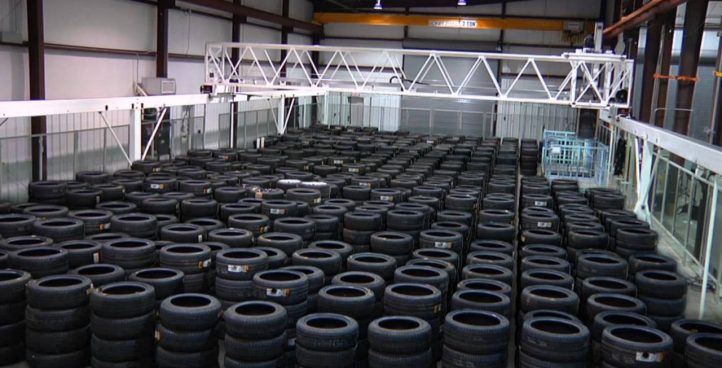
- The symbol ZR denotes tires for high-speed cars. They are recommended to be used at speeds over 240 km/h. up to 6 years
- Tires with the H symbol are used at a maximum speed of 210 km/h. within 5 years.
- The sign S symbolizes the maximum permissible speed of 180 km/h. and operational period of 4-5 years.
Most tire manufacturers do not agree that tire life is limited to 5 years. Each company has its own opinion on this matter. We analyzed several of them and the information they posted on their official websites.
Michelin
The French tire manufacturer Michelin has become famous for its active fight against the perception of the rapid aging of tires as a perishable product. Her information campaign "Tires Are Not Bananas" created a lot of noise in the automotive environment. According to the representative office, several test trials were carried out in Saudi Arabia, South Korea and Germany. As a result of testing, no difference was found between new tires and tires stored for 3 years. They were tested for various characteristics such as rolling resistance, high speed durability, etc. Tires with a year life were approximately equal in performance to 10-year unused tyres.
As a result of testing, no difference was found between new tires and tires stored for 3 years. They were tested for various characteristics such as rolling resistance, high speed durability, etc. Tires with a year life were approximately equal in performance to 10-year unused tyres.
Michelin focuses the attention of car owners on the fact that tires are not a perishable product, their shelf life is not as important as the service life is important, starting from the date the tires are installed on the rims. It is from this moment that the tire is subjected to all tests: pressure, temperature changes, wear, contact with uneven and sharp coatings, etc.
Continental
On the Russian official website of Continental, we found the following information on the expiration dates of tires.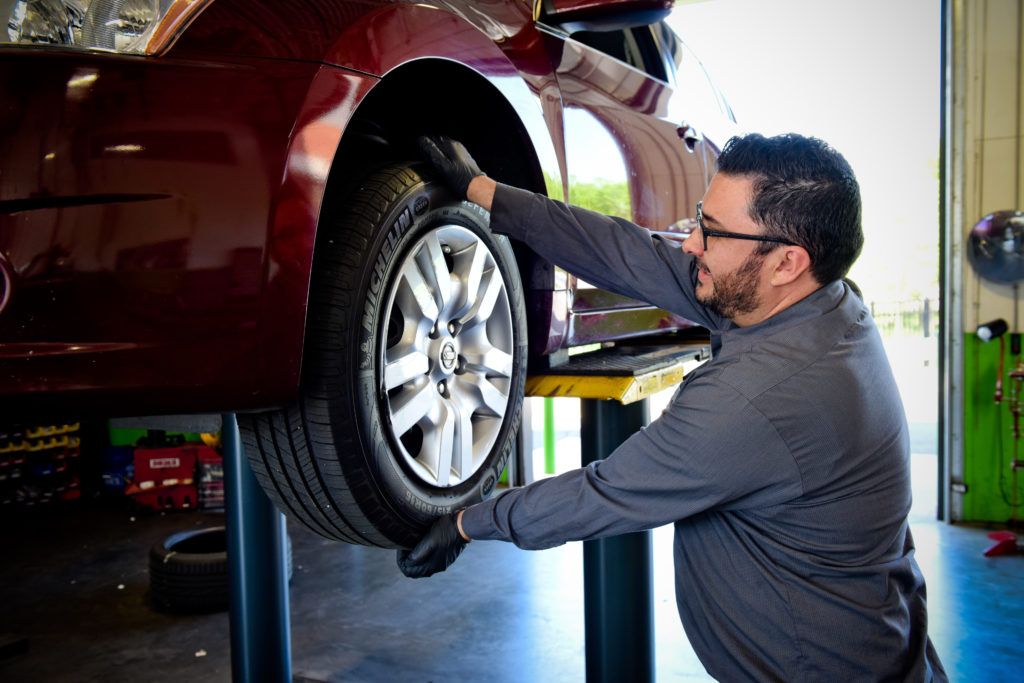
“When a tire is stored in the correct position and under the recommended conditions, it will not lose its original balanced performance for 5 years from the date of manufacture of the tire.
A properly maintained, unused tire less than 5 years old can be sold as a new tire and used normally.
Continental recommends replacing all tires (including spares) with a sidewall date greater than 10 years.
Nokian
The following information is posted on the Nokian official website:
“Tire life is not defined by law, but tires can only be considered “new” if they have been manufactured within the last five years. The recommended service life of tires is six years and the recommended maximum period is 10 years.
The opinion of our specialists, based on many years of experience, coincides with the opinion of manufacturers: the shelf life is 5 years + the service life is up to 10 years. Moreover, more "adult" tires, in our opinion, are of better quality.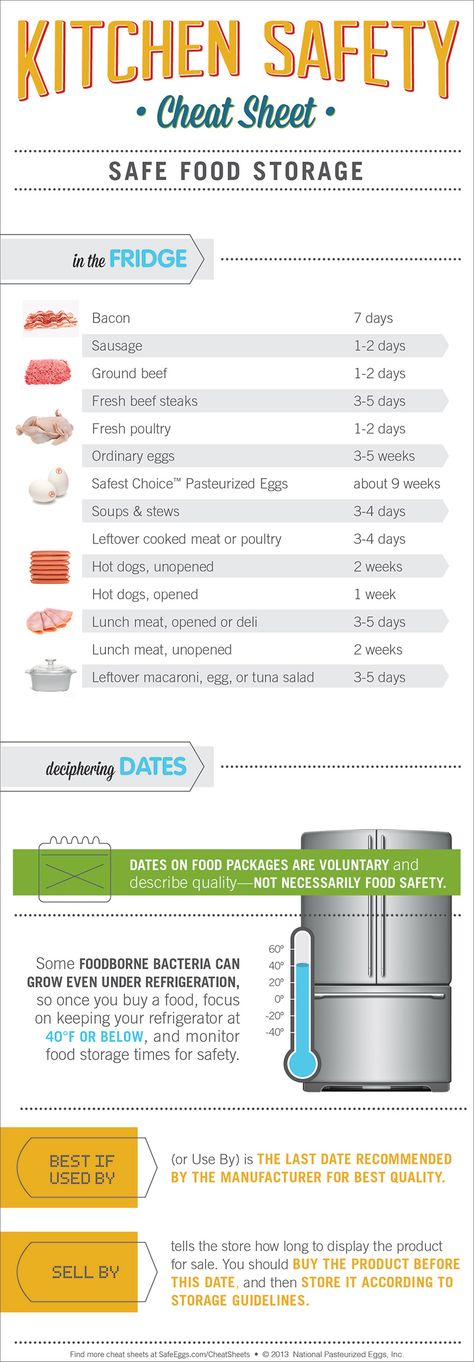
To keep tires as long as possible, they are stored in compliance with all rules and recommendations. The main condition is a cool, ventilated, darkened room away from oils, paints, ozone, and heat sources.
Rubber products tend to lose their performance over the years. To prevent and slow down this process, manufacturers add polymers to the rubber compound. They prevent oxidative processes that occur due to the interaction of protectors with oxygen and ozone.
The following are the main conditions for the proper storage of tires in accordance with GOST 24779-81:
Maintaining a constant regime without sudden jumps, slight temperature fluctuations from -30°С to +35°С are allowed;
Provide a low humidity level of 50-80% in a dry, ventilated cool room;
Avoid direct sunlight, use darkened hangars, shield heat sources;
Keep away from sources of heat;
Tires should not come into contact with corrosive, copper materials.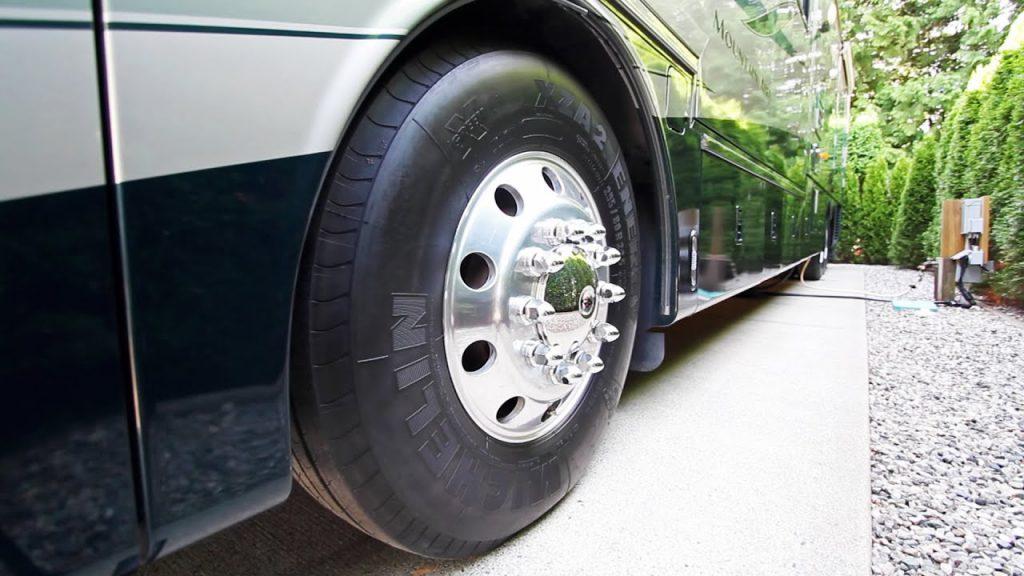
Avoid kinking, loading or positioning on an uneven surface.
Avoid contact with oils, organic solvents, acids, alkalis, fuels and lubricants on the tire surface. It is forbidden to lay tires on a wet and dirty surface.
In the warm season, when storing tires outside, they should be covered with light-tight material and raised above ground level to ensure ventilation and prevent the occurrence of the greenhouse effect.
Storage on reflective, light and heat absorbing surfaces is prohibited.
Keep away from chemicals, oils, paints, open flames, electric motors that produce ozone.
Used tires must be washed and dried.
Tires without rims should be stored upright.
The service life depends on many factors: the load on the car, the quality of the roads, the driving style, the distance traveled, tire damage, etc. To increase their service life, follow these rules:
To increase their service life, follow these rules:
Check tire pressure every 2-3 weeks. With reduced pressure, tire wear increases by the equivalent of a % reduction. For example, a 15% reduction in pressure can result in a 15% reduction in service life. Inflated tires are less scary.
The wear of the front tires is always significantly higher than the rear ones, so it is recommended to swap them after some time, carefully watching the direction of the tread pattern and the direction of rotation.
Proper alignment of tires in relation to rims. If the direction is not the same, then performance is significantly reduced.
To prevent damage to the sidewalls of tires, avoid close proximity to curbs and high ledges.
Wash off dirt from the surface of the rubber and from deep grooves with special cleaning agents.
Adhere to an even driving style without harsh brakes and quick starts.
Do not overload the car beyond the norm. 20% excess weight leads to a 30% loss of tire life.
Keep the wheels balanced and check the alignment angles annually.
The main condition for a long tire life is:
- high quality products,
- careful operation,
- proper storage of tires in the off-season,
- timely diagnosis.
The age of tires in standard storage is a minor non-determining factor that should not be taken into account when buying them.
Previous article Next article
In this article you will learn about:
Most tire manufacturers label the sidewall using the DOT code.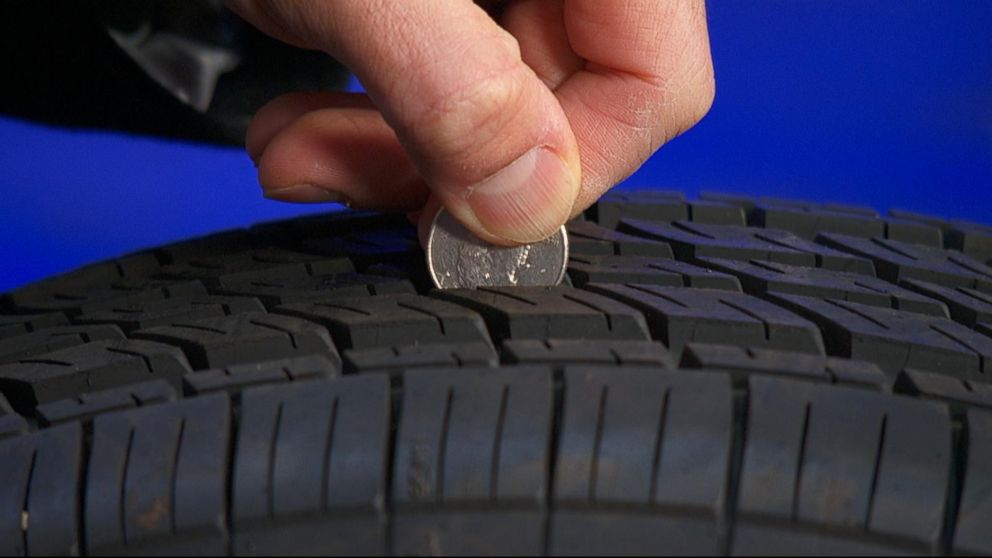 This abbreviation stands for the name of the US Department of Transportation - Department of Transportation. In 12 alphanumeric characters, located in three groups of 4 characters each, information about the manufacturer, tire size and production date is encrypted.
This abbreviation stands for the name of the US Department of Transportation - Department of Transportation. In 12 alphanumeric characters, located in three groups of 4 characters each, information about the manufacturer, tire size and production date is encrypted.
The fact that these characters are the code is indicated by the three letters DOT in front. The production date is written in the last digits, where the first pair is the week number, and the second is the year. You can find out the rest of the information on the label here.
By the expiration date of a tire, we mean the total period from the moment of production to the impossibility of further operation. There is no consensus among manufacturers on this issue. Some "estimate" the suitability of their tires at 6 years, and someone at 10. Yes, and drivers will agree that some tires require an urgent replacement after just a couple of seasons of driving.
The main factors affecting tire suitability are:
A new tire, released from the assembly line, does not immediately reach the motorist.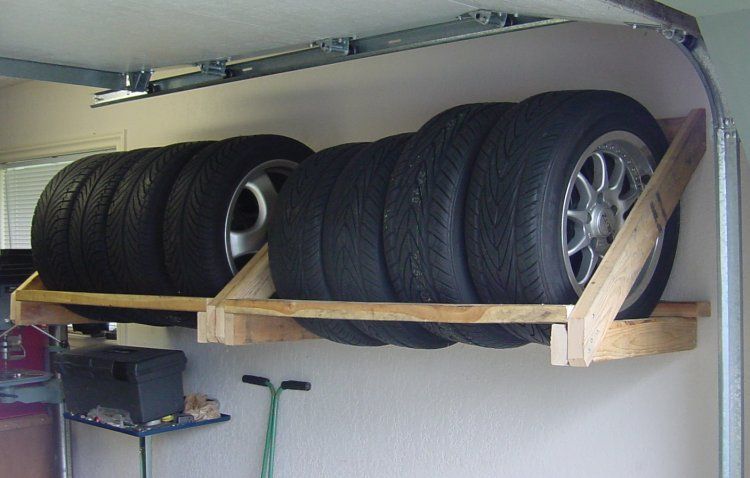 It is transported and stored in a warehouse for some time. Do tires change properties during storage? With proper and short storage (up to 3 years), the tire does not change its characteristics.
It is transported and stored in a warehouse for some time. Do tires change properties during storage? With proper and short storage (up to 3 years), the tire does not change its characteristics.
There are special storage conditions for tires. It should be remembered that the Rules for storing tires with and without disks are different. More information about the Tire Storage Rules can be found here.
To ensure proper care, special rooms are needed in which any negative impact on tires will be excluded:
Operating conditions most directly affect the suitability of a tire. As a result, tire life may become longer or shorter. There are factors that are not subject to even the most scrupulous driver.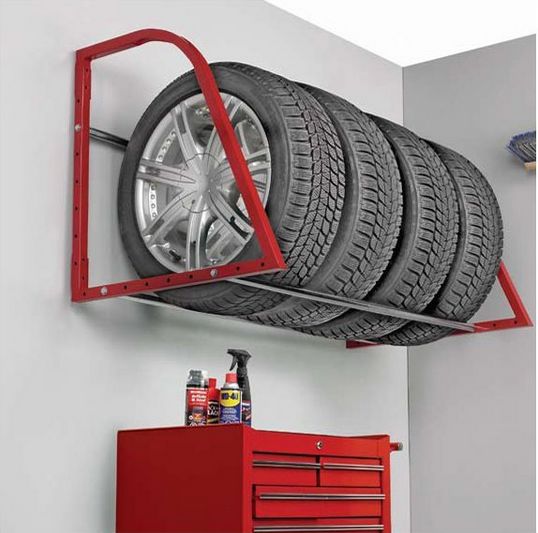 And there are some that can be influenced.
And there are some that can be influenced.
So, the driver cannot influence: temperature changes and road surface irregularities. The driver is sometimes forced to brake hard or drive at high speeds.
The driver can regularly check the tire pressure and monitor the even wear of the tread.
Another important factor is the age of the tire - the total time span from the date of manufacture to the current moment. Over time, natural rubber aging processes occur, under which even the correct storage and operation conditions will not become a guarantee of further safety.
Michelin employees decided to determine the useful life experimentally. The experiments were carried out in three countries with different climatic conditions:
The purpose of the tests carried out is to establish experimentally the following:
In Saudi Arabia
For example, in Saudi Arabia, they decided to compare tires stored for 20 years at a constant temperature of 40 ° C with used tires.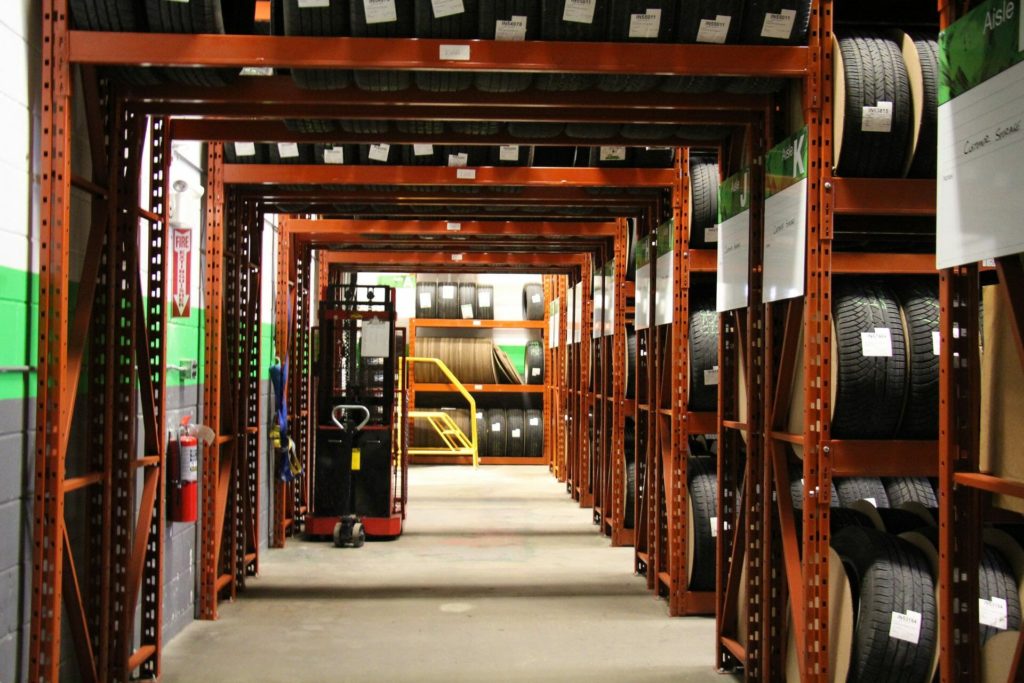
The check showed that the state of the tread of the lying rubber was about the same as the wear of the tread with a mileage of 40 thousand km.
When comparing tires with a storage of 10 years, the experts came to the conclusion that the tread is similar to one year of operation.
In South Korea
But testing in South Korea showed that there is practically no fundamental difference between tires with a shelf life of 3 years and new ones.
The pilots tried to give the maximum load on the tires. Driving was carried out at high speeds.
As a result, manufacturers have assumed that if differences exist, they can only be established in laboratory conditions.
In Germany
In Germany, models of the same age as those in South Korea were tested for rolling resistance.
There was no difference between tires stored for 3 years and new.
OUTPUT 1:
How important is the production date when buying a tire?
1.